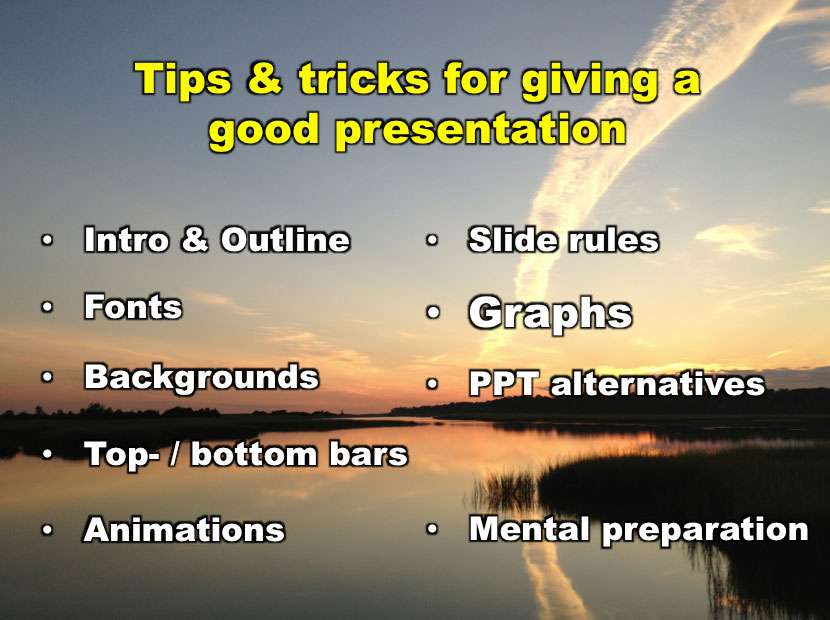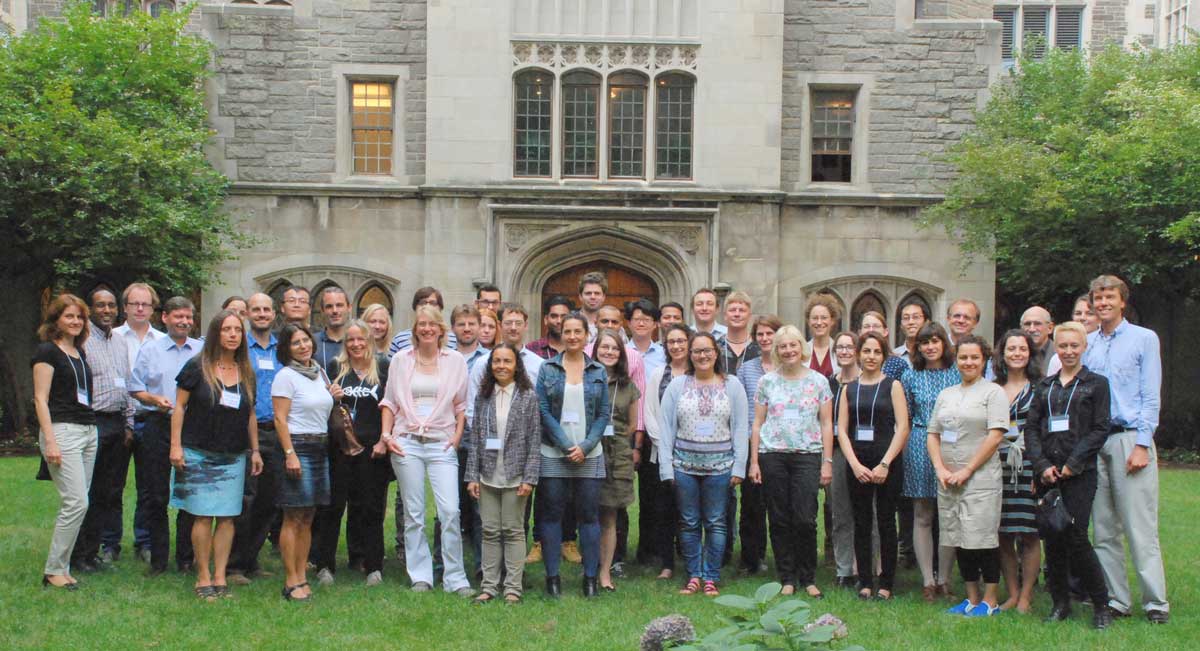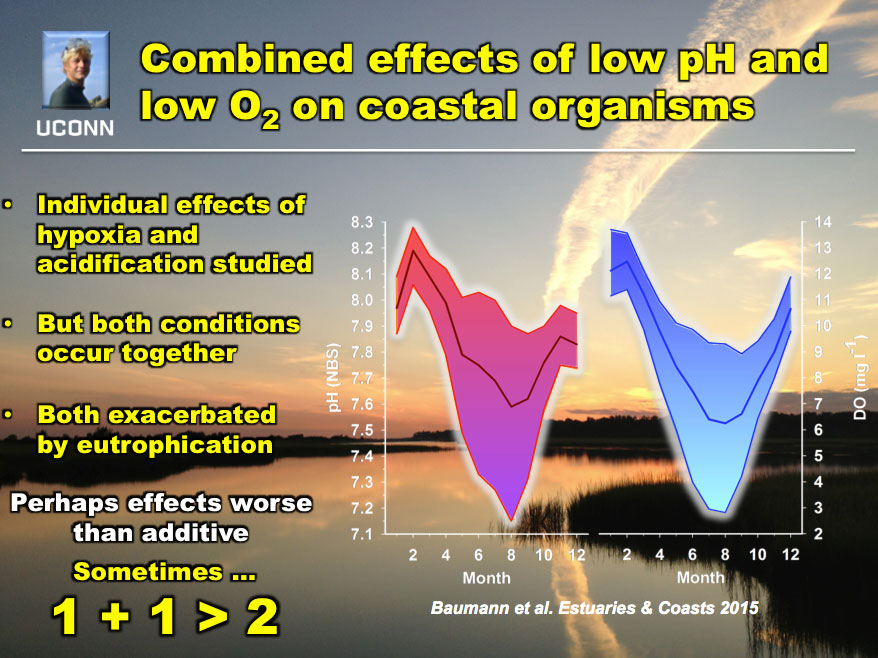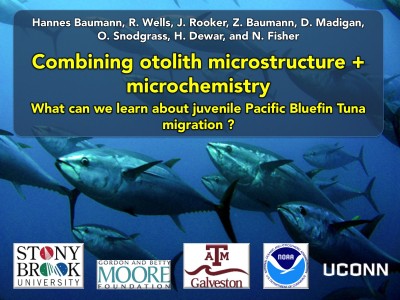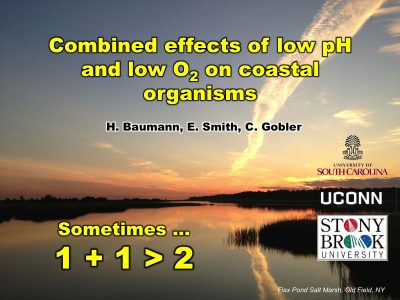In preparation for the upcoming Feng Graduate Research Colloquium on Thursday, May 12 (Conn Avery Point, Marine Sciences), Hannes gave a brown bag seminar on how to make an effective presentation.
You can access/download the powerpoint of via this link below or by clicking on the image below.
